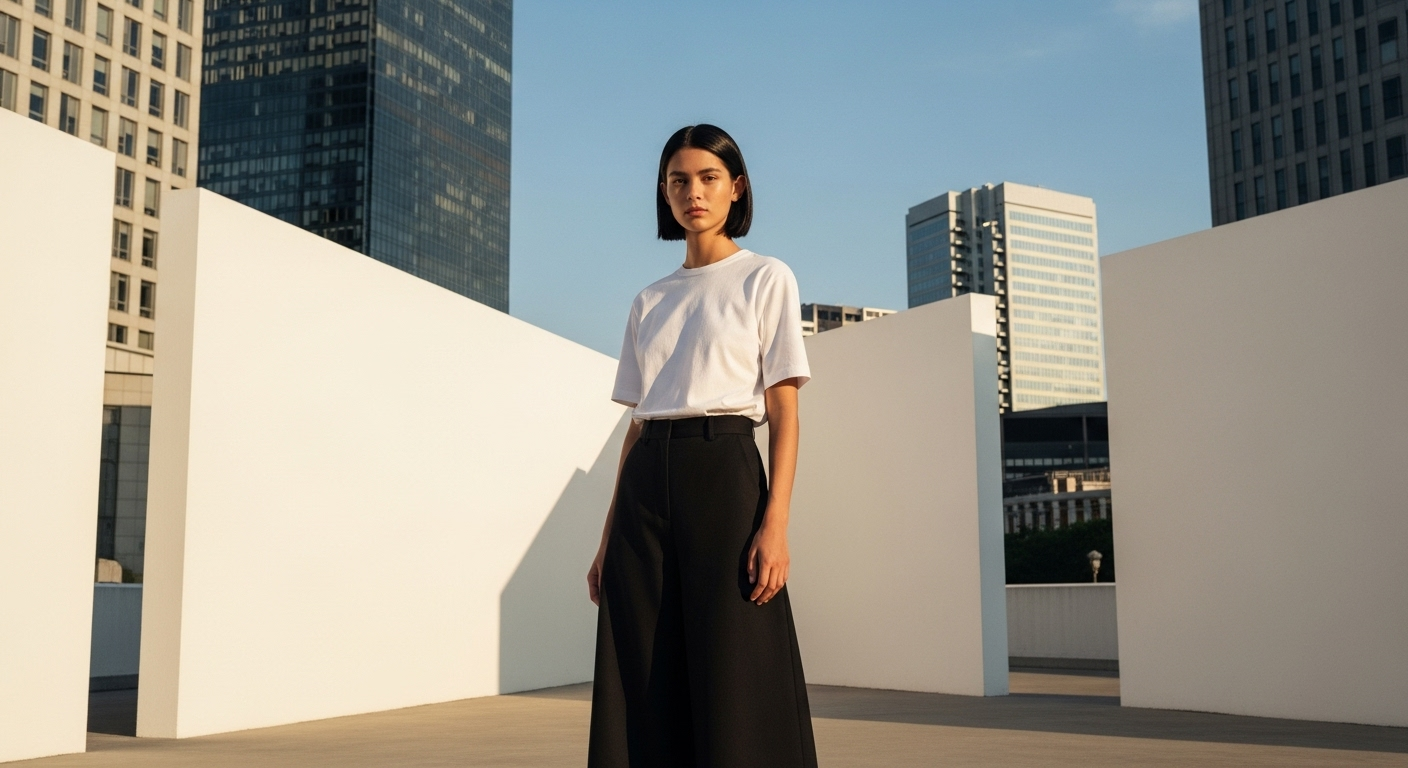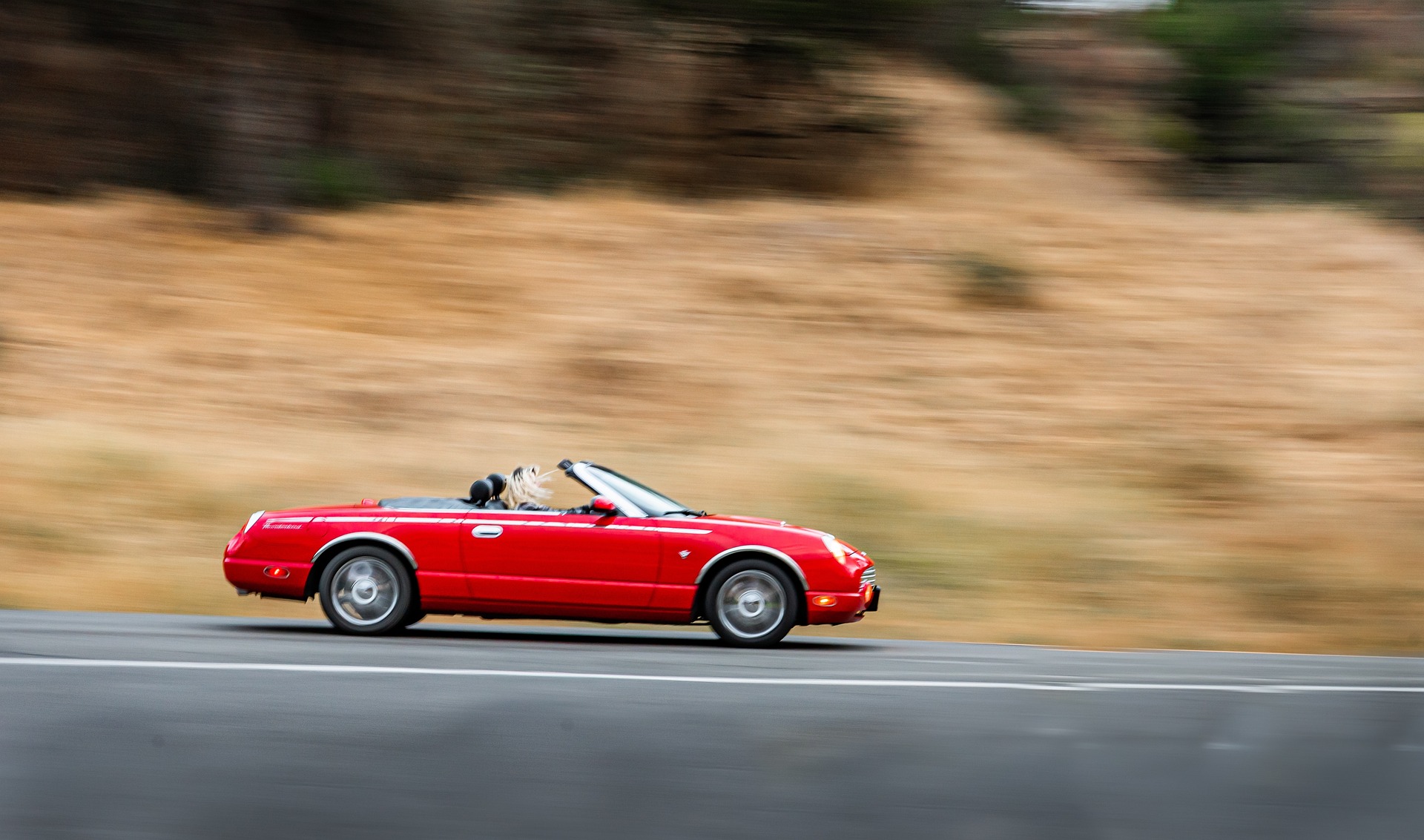Breaking Down the Elegance of Minimalism in Fashion
When it comes to the world of fashion, there is a certain charm in simplicity that often goes unnoticed. Minimalism, a trend that emphasizes "less is more," has become a significant force in the fashion industry. This article delves into the minimalist fashion trend, its origins, current manifestations, and its influence on today's consumer behavior.

The Rise of Minimalism in Fashion
Minimalism has its roots in the visual arts and music of the late 1960s and early 1970s. However, it wasn’t until the 90s that this concept found its way into the fashion world. Iconic designers like Calvin Klein and Jil Sander championed a new aesthetic that focused on clean lines, neutral colors, and unadorned designs. This trend was a marked departure from the flamboyant and extravagant styles that dominated the 80s fashion scene.
Minimalism in Today’s Fashion Landscape
In the current fashion scene, the minimalist style still holds sway. It has evolved to be more than just a trend; it’s a lifestyle choice. Today’s fashion-forward individuals are leaning towards a minimalist aesthetic that values quality over quantity. This trend is evident in the surge of consumers opting for a ‘capsule wardrobe,’ where the focus is on a limited number of versatile pieces that can be mixed and matched to create various outfits.
The Appeal and Influence of Minimalism
Minimalist fashion appeals to consumers looking for longevity and timeless style. It shuns the idea of ‘fast fashion’ and encourages thoughtful purchasing. This trend has also influenced designers to create collections that are simple, versatile, and made with high-quality materials. Many fashion brands are now launching minimalist lines to cater to this growing market.
Backed by Research
According to a report by McKinsey & Company, there is a growing consumer demand for minimalist fashion. The report indicates that consumers are increasingly prioritizing quality and sustainability over quantity, leading to the rise of minimalism in the fashion industry.
Insights into the Minimalist Fashion
- Opting for a minimalist wardrobe can help reduce decision fatigue, as it streamlines your choices.
- Minimalist fashion encourages buying fewer but better-quality items, which can be a more sustainable choice.
- Neutral colors like white, black, and beige are staples in a minimalist wardrobe.
- Clean lines and simple silhouettes are key elements of minimalist fashion.
In conclusion, minimalism in fashion is more than just a trend—it’s a movement towards simplicity, quality, and sustainability. As consumers become more conscious of their purchases, the minimalist aesthetic is likely to continue influencing the fashion industry. This stylish simplicity proves that sometimes, less truly is more. After all, in the wise words of Coco Chanel, “Simplicity is the keynote of all true elegance.”





